Proper seed depth is a critical factor in successful seed germination and growth. Understanding and applying the correct depth for various types of seeds can significantly impact your garden’s success.
- Importance of Correct Seed Depth: Planting seeds at the right depth is essential for proper germination. Seeds planted too deep may struggle to germinate or may not germinate at all.
- General Rule of Thumb: A good guideline is to plant seeds at a depth approximately twice their width or thickness. This ensures that seeds have enough soil coverage for moisture and stability while being close enough to the surface to sprout effectively.
- Seed Size Consideration: For example, a seed that measures about an eighth of an inch in thickness should ideally be planted around a quarter of an inch deep. This varies based on the seed size and type.
- Erring on the Side of Shallower Planting: If unsure, it is better to plant seeds a bit shallower rather than deeper. Seeds planted too shallowly may still germinate but planting them too deep could prevent them from sprouting.
- From Seed to Spoon App for Guidance: The app offers detailed recommendations on the ideal planting depth for various seeds under the specific plant details screen. This feature assists gardeners in ensuring they plant their seeds at the correct depth for optimal growth.
In conclusion, paying attention to seed depth can greatly influence the health and productivity of your garden. Utilize the From Seed to Spoon app for precise planting depth guidelines and give your seeds the best start in their growth journey.
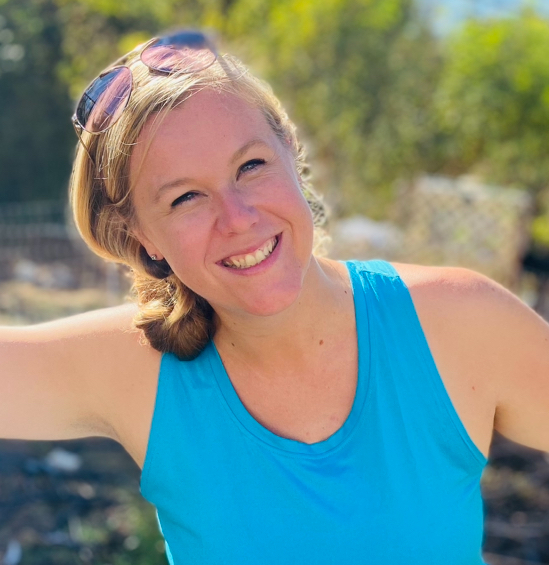
Carrie Spoonemore, co-founder of “From Seed to Spoon,” stands as a beacon of inspiration for gardeners and health enthusiasts alike. Her journey alongside her husband, Dale Spoonemore, in creating a platform that demystifies gardening and promotes a healthier lifestyle, has made a significant impact on individuals around the globe. Through the “From Seed to Spoon” app, Carrie has dedicated herself to empowering people to take control of their health and environment by growing their own food.
With a profound belief in the power of gardening to improve mental and physical health, Carrie’s contributions to the Seed to Spoon blog reflect her holistic approach to wellness. Her articles often focus on the nutritional benefits of homegrown fruits and vegetables, organic gardening practices, and the mental health benefits of spending time in nature. Carrie’s expertise in health science shines through in her detailed discussions on how specific plants can contribute to a balanced diet and overall well-being.
Carrie’s passion for gardening is deeply intertwined with her commitment to family and community wellness. She frequently shares personal stories of how gardening has brought her family closer together, offering practical tips for involving children in gardening activities and making it a fun, educational experience. Her writing encourages families to explore gardening as a means of spending quality time together while learning about nature and sustainability.
In addition to gardening advice, Carrie’s contributions to the blog include insights into the use of technology to enhance the gardening experience. She has played a crucial role in designing the “From Seed to Spoon” app to be user-friendly, ensuring that users of all ages and backgrounds can navigate the complexities of gardening with ease. Her vision for the app is not just as a gardening tool but as a vehicle for change, inspiring individuals to adopt a more sustainable lifestyle by growing their own food.
Carrie Spoonemore’s presence on the blog is marked by her compassionate approach to teaching and her unwavering belief in the transformative power of gardening. Her work continues to inspire a community of gardeners to pursue a healthier, more sustainable way of living, proving that with the right tools and knowledge, anyone can become a gardener and advocate for their health and the planet.
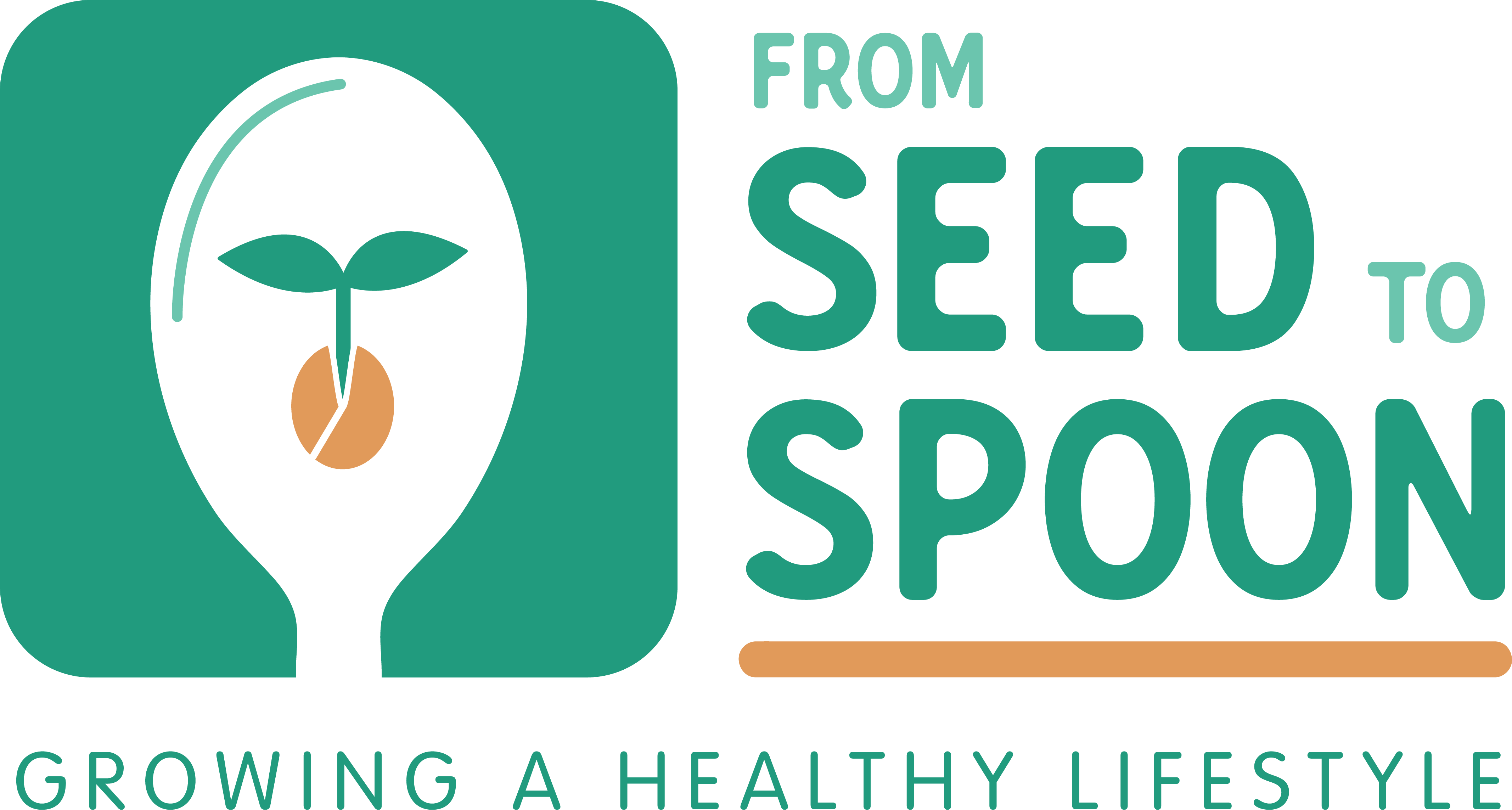
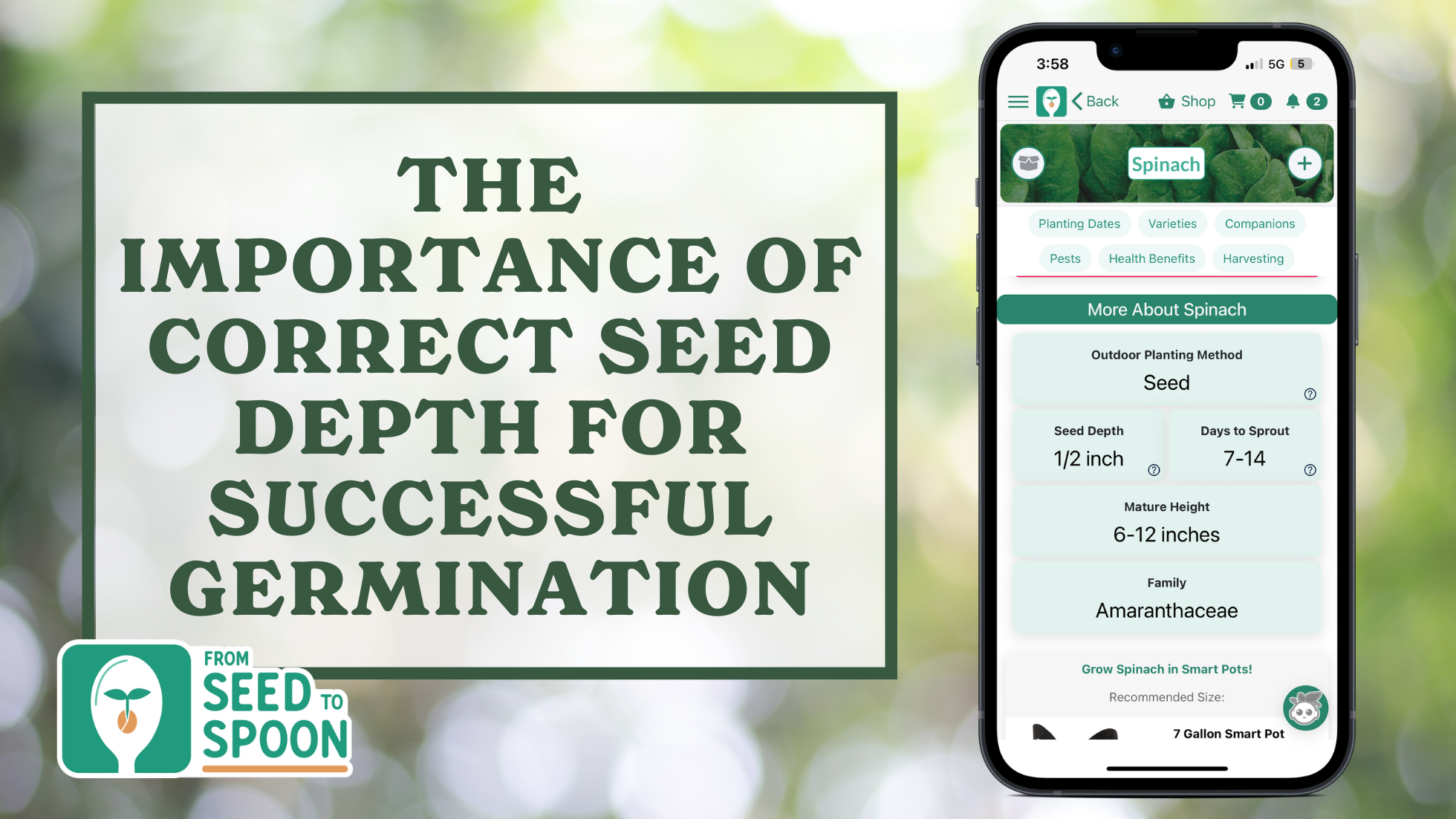


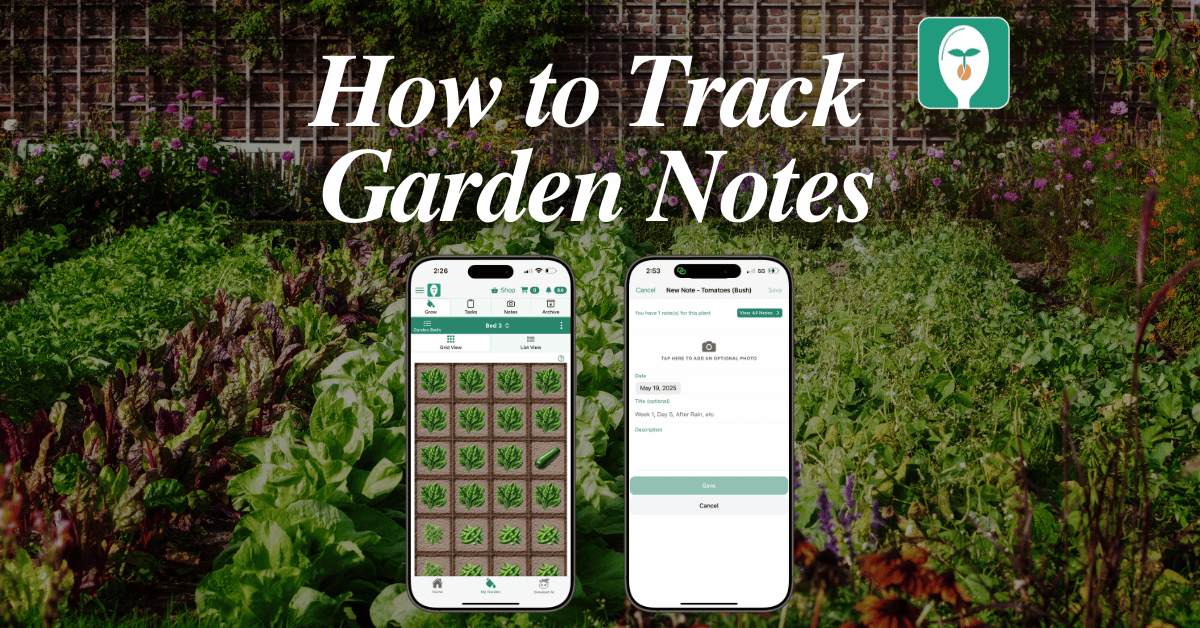
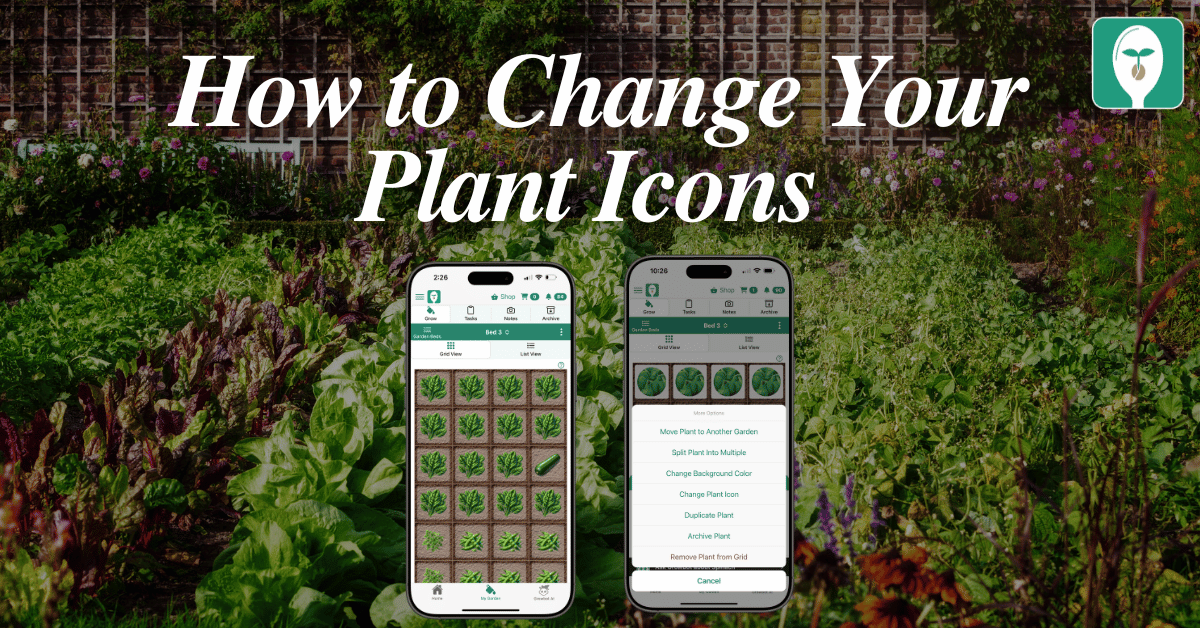
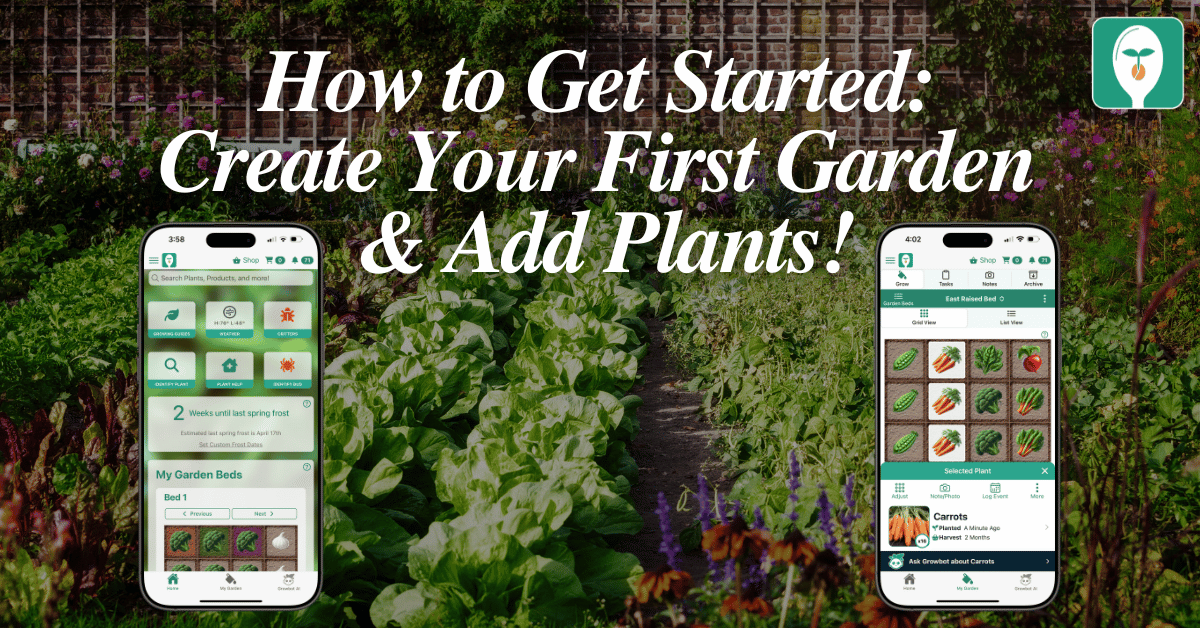

One thought on “The Importance of Correct Seed Depth for Successful Germination”